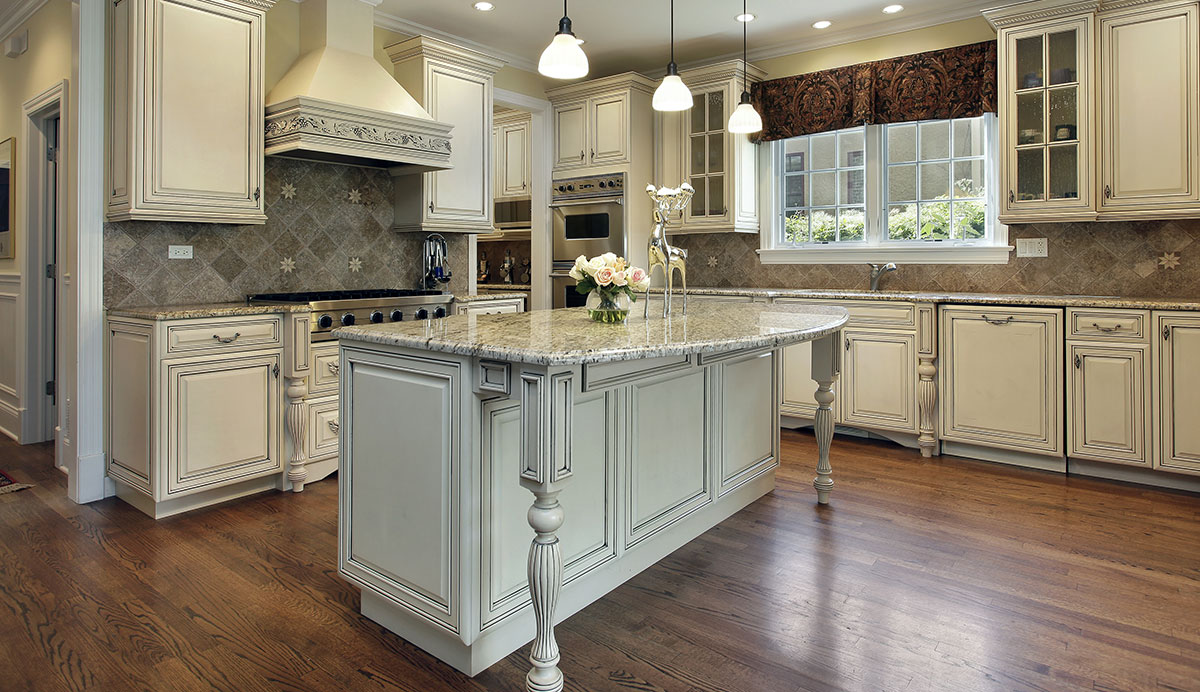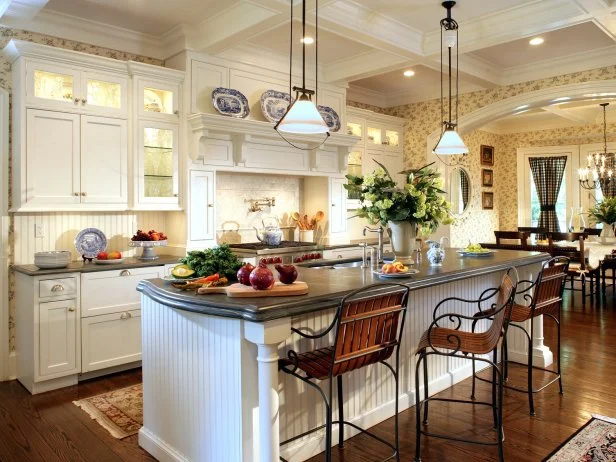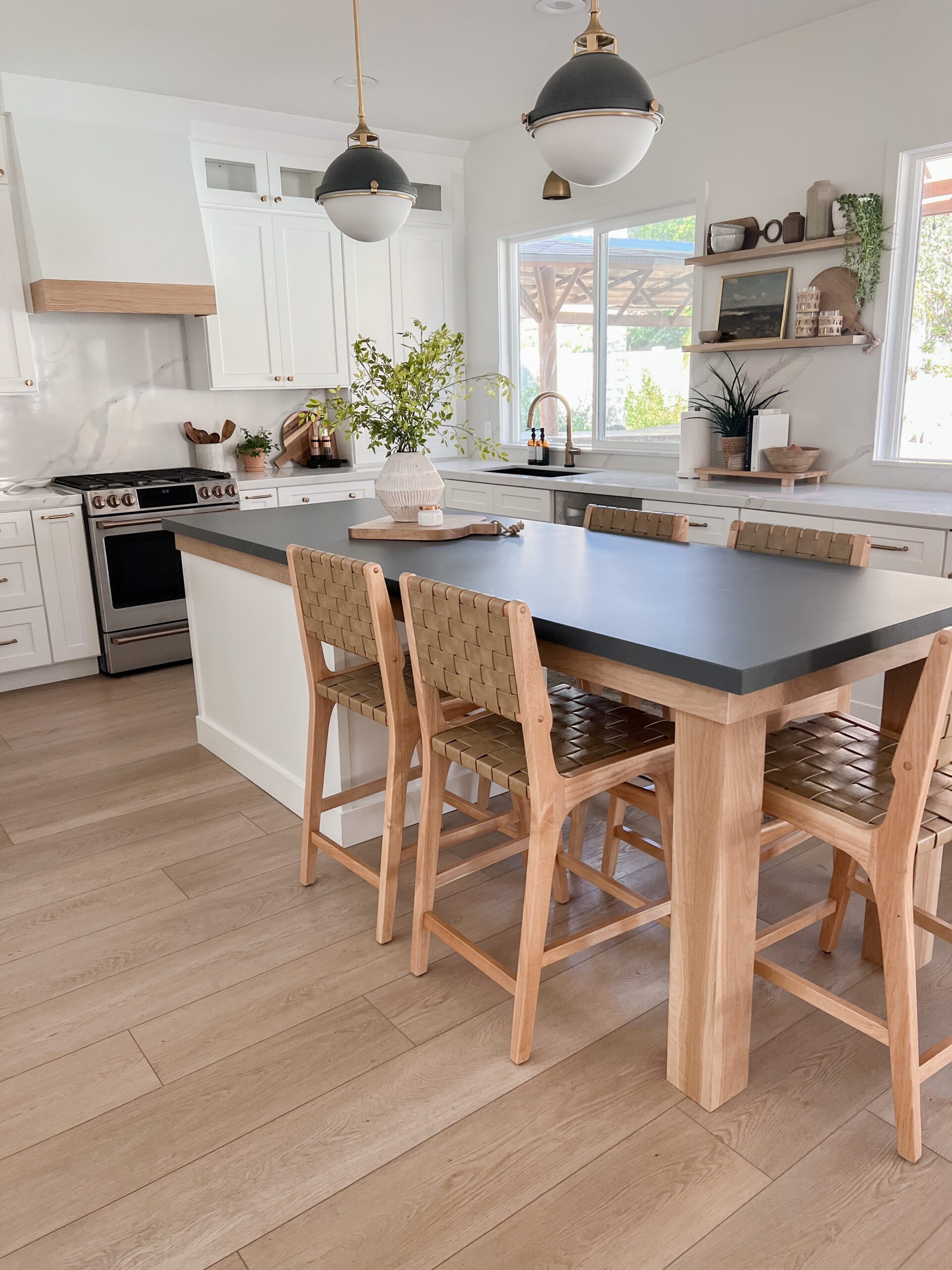Add Appeal and Character to Your Area with Legs For Kitchen Island Creations
Add Appeal and Character to Your Area with Legs For Kitchen Island Creations
Blog Article
Crucial Variables to Take Into Consideration When Choosing Legs For Kitchen Island
Picking the ideal legs for a kitchen island entails a cautious analysis of numerous variables that can dramatically affect both capability and visual allure. As we check out these components, it becomes clear that each choice can have far-ranging ramifications for the overall cooking area experience.
Material Options
When choosing legs for a kitchen area island, recognizing the numerous material options is necessary for achieving both visual charm and architectural stability (Legs For Kitchen Island). The selection of material considerably influences not just the sturdiness of the island yet also its general style and functionality
Timber is a popular choice, providing heat and convenience. Solid hardwoods, such as oak or maple, offer stamina and can be tarnished or repainted to match the kitchen design. Metal legs, typically made from stainless-steel or functioned iron, add a modern-day and commercial feeling while ensuring resilience and stability. These materials are resistant to wear and can support considerable weight, making them perfect for larger islands.
One more option is crafted materials, like MDF or plywood, which can be more cost-effective while still supplying an array of surfaces. However, they might not provide the very same degree of stability as solid timber or metal. Lastly, products such as acrylic or glass can produce a modern look, though they might need additional assistance to make certain stability.
Eventually, the selection of product for kitchen area island legs should straighten with the preferred functionality and the general theme of the cooking area.
Design And Style

When thinking about design, the form and surface of the legs are essential. Conical legs can give a feeling of agility and style, while thicker, extra durable legs can share toughness and security. In addition, the coating-- be it repainted, discolored, or all-natural-- ought to match the cabinetry and countertop materials to create a unified appearance.
In addition, the layout of the legs can likewise show personal preference. Personalized or attractive legs, such as those including elaborate carvings or unique geometric forms, can function as centerpieces, adding character and individuality to the kitchen area. Eventually, the best choice will certainly not just enhance functionality yet likewise elevate the visual charm, making the kitchen area island a standout feature of the home.
Elevation Factors To Consider
Selecting the appropriate elevation for kitchen area island legs is critical, as it directly influences both functionality and comfort. The common elevation for a kitchen area island typically ranges from 36 to 42 inches, lining up with usual counter top elevations.

It is also necessary to represent individuals' preferences and elevations. Personalizing the height can make certain a comfy experience for all household members, making the kitchen island a more useful and satisfying area.
Weight Assistance
Guaranteeing appropriate weight support for kitchen island legs is vital for both safety and security and capability. The cooking area island commonly offers several functions, consisting of food prep work, eating, and added storage space, requiring a robust support structure. When selecting legs, it is crucial to take into consideration the overall weight capacity needed based upon the island's intended usage and the materials that will be positioned on it.
The selection of material for the legs plays a significant function in their weight-bearing capacities. Solid wood, metal, and durable compounds generally offer remarkable strength compared to lighter materials. Furthermore, the layout of the legs-- whether they are right, tapered, or have a pedestal form-- can influence their capability to disperse weight efficiently across the structure.
In addition, the leg positioning need to be tactically planned to improve stability. Legs positioned at the corners or with a bigger base can much better support much heavier tons. Always speak with the manufacturer's specs concerning load limits to make sure that the legs can sustain the desired weight without endangering security. In summary, picking kitchen island legs with adequate weight support is essential for creating a risk-free and practical culinary space.
Setup and Maintenance
Correct installation and upkeep of kitchen area island legs are critical for making certain long life and security. This frequently involves securing the legs to the island base Full Report utilizing appropriate fasteners, ensuring that the legs are degree and lined up.
Once installed, regular upkeep is necessary to protect the integrity and appearance of the legs - Legs For Kitchen Island. For wooden legs, regular cleansing with a visit site wet towel and application of appropriate wood polish can stop wetness damage and maintain their finish. Steel legs might need a mild cleaning remedy to remove grease and grime, followed by a completely dry cloth to avoid rust development
Furthermore, inspect the legs consistently for indicators of wear or damage, such as fractures or loosened joints. Tightening up screws or bolts as required can likewise extend the life-span of the legs. By sticking to these installation and upkeep practices, home owners can guarantee that their kitchen area island stays tough and aesthetically appealing for several years ahead.
Final Thought

Aesthetic comprehensibility is critical in picking the design and layout of legs for a cooking area island, as these aspects greatly influence the general go to this site atmosphere of the room. Tapered legs can give a feeling of lightness and sophistication, while thicker, more robust legs can share stamina and stability.Choosing the ideal elevation for cooking area island legs is essential, as it directly influences both capability and comfort. In recap, selecting kitchen island legs with adequate weight support is vital for developing a secure and useful culinary room.
In final thought, picking legs for a kitchen island necessitates cautious factor to consider of various aspects, consisting of material options, style, elevation, weight assistance, and installment.
Report this page